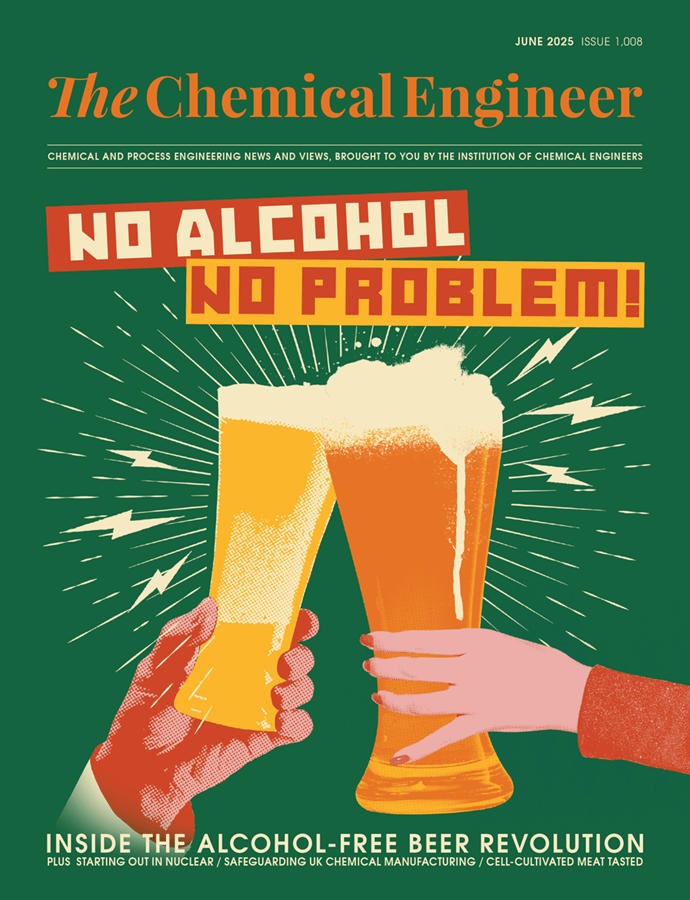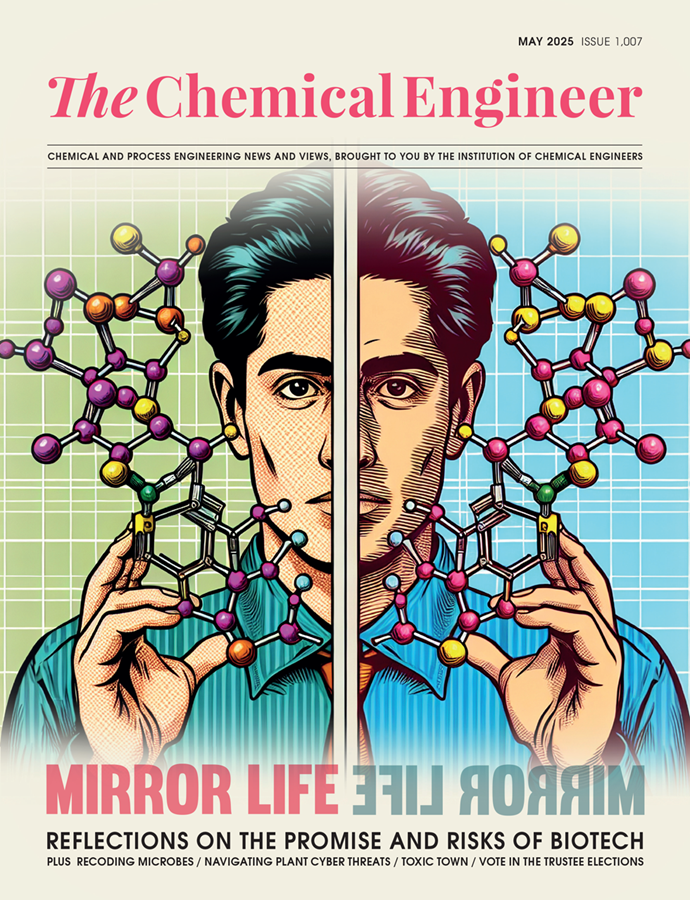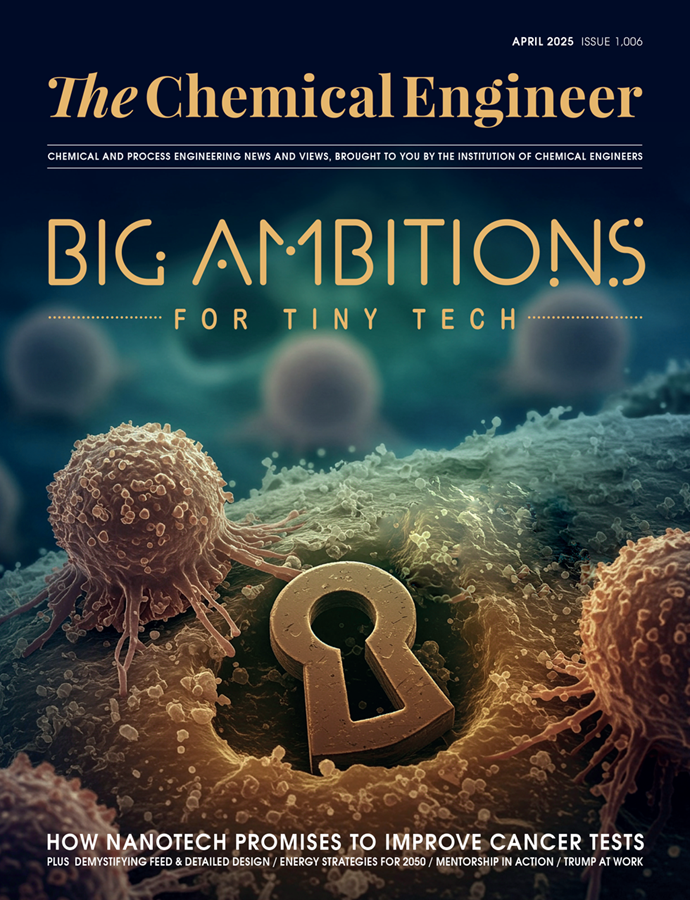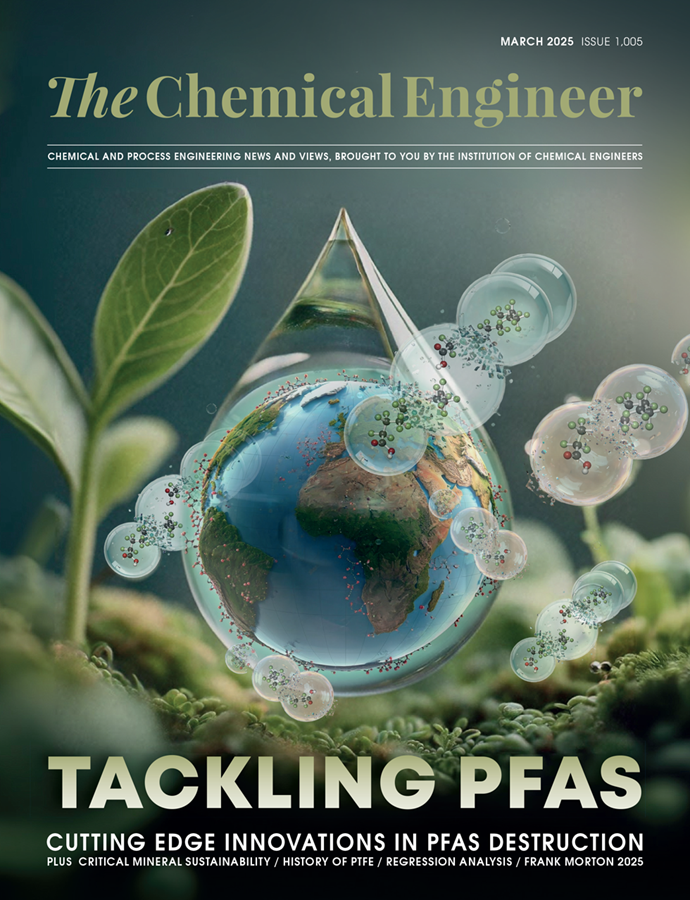US researchers develop biodegradable material to replace microplastics
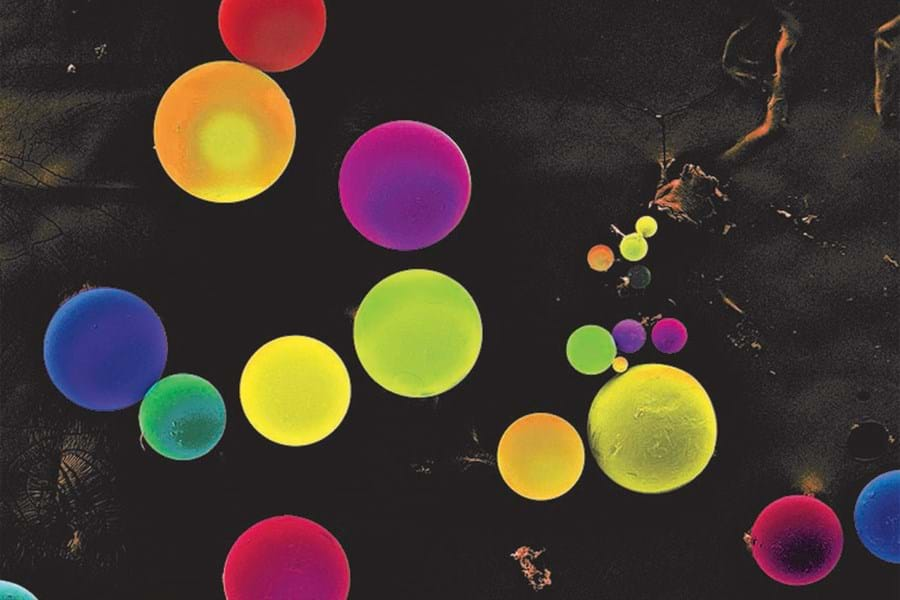
CHEMICAL engineers at Massachusetts Institute of Technology (MIT) have developed a new type of biodegradable material that could replace microplastics in beauty products and food.
The team, based at MIT’s Koch Institute, produced biodegradable poly(beta-amino esters) that can be used in cleanser products like makeup remover. Their findings, published in Nature Chemical Engineering earlier this month, showed that the materials break down into sugars and amino acids.
Many existing cleanser and beauty products contain so-called microbeads, particles of non-biodegradable plastic like polyethylene no more than 1 mm in diameter. Microbeads end up in the environment and can contaminate food sources for wildlife. Research by Plymouth University has shown that up to 94,500 microbeads can be released into the environment from a single use of exfoliant.
The researchers tested their biodegradable alternative by mixing it with soap and found it was more effective at removing permanent marker and waterproof eyeliner than plastic microbeads.
Ana Jaklenec, lead author on the new study, said: “This is just one small part of the broader microplastics issue, but as a society we’re beginning to acknowledge the seriousness of the problem. This work offers a step forward in addressing it.
“Polymers are incredibly useful and essential in countless applications in our daily lives, but they come with downsides. This is an example of how we can reduce some of those negative aspects.”
The US and EU have begun legislating to phase out microplastics. In October 2023, the EU banned companies from adding microplastics for non-essential functions such as loose glitter. The bloc plans to continue to gradually phase out microplastics from other products such as medicine, fertiliser, and food.
Nutritional value
The latest research also demonstrated the use of poly(beta amino esters) in fortified food.
The team inserted their biodegradable microbeads into bouillon cubes and immersed them in boiling water and found the nutrients remained intact after two hours. Nutrients such as zinc, iron, and vitamins A, C, D, and E would typically break down when exposed to heat.
Jaklenec hopes their research will lead to health improvements in parts of the world with high levels of nutrient deficiency. She said: “Bouillon is a staple ingredient in sub-Saharan Africa and offers a significant opportunity to improve the nutritional status of many billions of people in those regions.”
The team are now preparing a clinical trial for foods fortified with the particles.
Recent Editions
Catch up on the latest news, views and jobs from The Chemical Engineer. Below are the four latest issues. View a wider selection of the archive from within the Magazine section of this site.

